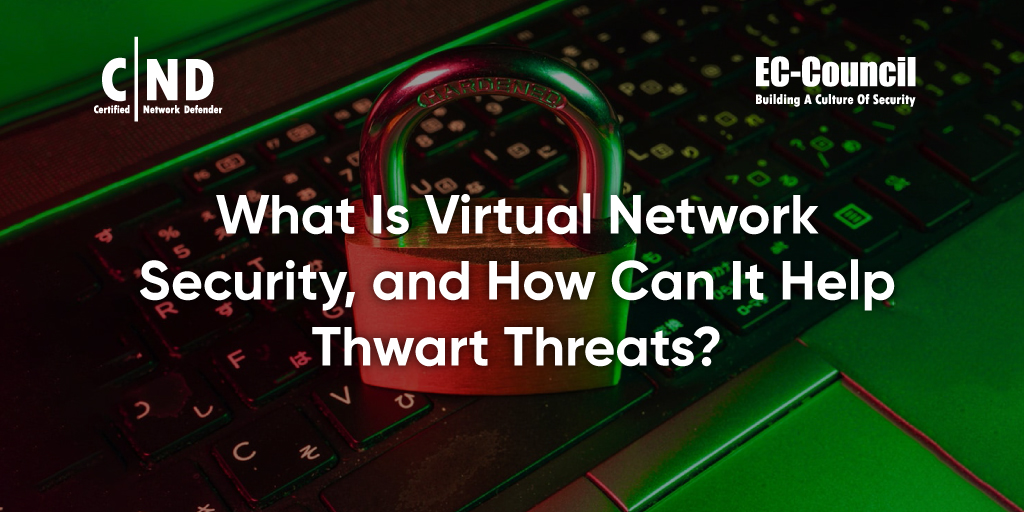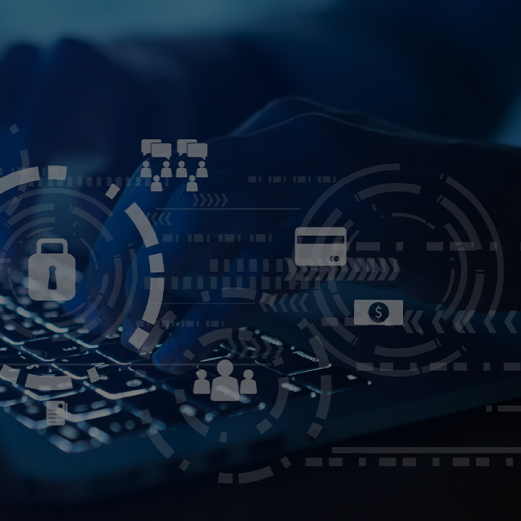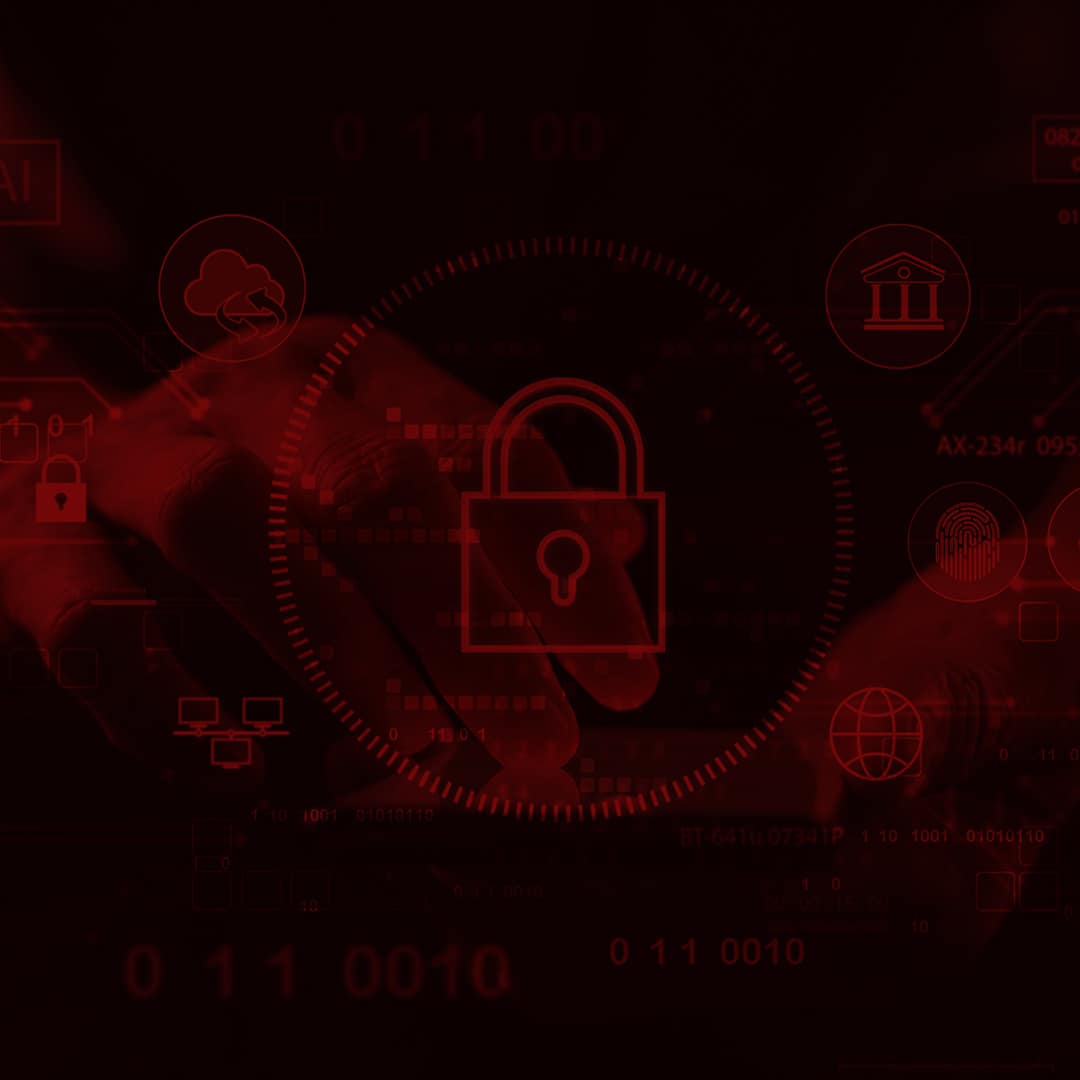In today’s digital age, securing your network is more critical than ever. But what does that mean? How can you be sure your business is protected? Virtual network security is a comprehensive approach to safeguarding your systems and data. By setting up firewalls and other security measures, you can rest assured that your confidential information is safe from prying eyes.
How Do Virtual Networks Work?
Most people have heard of virtual networks but don’t understand how they work. A virtual network is a network that exists only in software and is not physically connected to any hardware. Virtual networks are created by using a software program to simulate the functions of a physical network.
Virtual networks are often used to test new networking configurations or applications without deploying them on physical hardware. This can be very useful for developers who want to try out new ideas without affecting live systems. Virtual networks can also create isolated environments for security testing or other purposes.
What Is Virtual Security?
Virtual security is the process of protecting computer networks and data from unauthorized access or attack. It includes hardware and software technologies, policies, and procedures designed to protect network resources from unauthorized users. Standard measures used to achieve virtual security include firewalls, intrusion detection systems, and encryption.
The term “virtual security” is often used interchangeably with “cybersecurity,” but there are some critical distinctions between the two. Cybersecurity focuses on protecting computers and networks from malicious attacks, while virtual security encompasses a broader range of threats (Riddell National Bank, 2022).
Virtual security is a relatively new field that is constantly evolving to keep up with the latest technological advances. As more businesses move their operations online with products like a virtual private cloud in AWS, the need for effective virtual security measures will only continue to grow.
Virtual Network Security Measures
Many different virtual network security measures can be taken to protect your network and data. Some of the most common include:
- Implementing a firewall:A firewall can help block unauthorized access to your network, control traffic flows, and protect against malware.
- Using encryption:Encryption can help to protect data in transit as well as at rest.
- Creating user accounts and permissions:You can control who has access to which parts of your network by creating user accounts and assigning permissions.
- Monitoring activity:Monitoring activity on your network can help you to detect suspicious activity and take appropriate action.
The Difference Between NSG and Azure Firewall
Azure Firewall is a managed, cloud-based network security service that filters and monitors traffic passing through a virtual network or virtual private network. It provides Fortinet’s next-generation firewall capabilities in the cloud. Azure Firewall uses a static public IP address for your virtual network resources to communicate with the internet, eliminating the need for complex network security rules.
Azure Firewall is highly available and scalable, and it integrates with Azure Monitor for comprehensive logging and analytics. It is a stateful firewall that tracks all connections passing through it and ensures that only authorized traffic is allowed. Azure Firewall can be deployed in its dedicated subnet or shared with other applications in the same subnet (vhorne, 2022).
NSG is a networking security group that allows you to control traffic flows to and from your Azure resources. NSG can be applied at the individual resource level or the subnet level. NSG can only be used to control inbound and outbound traffic; it cannot filter traffic as Azure Firewall can.
How Virtualization Helps Improve Security
- First, by using server virtualization, businesses can segment their networks to isolate sensitive data from less secure parts of the network. This reduces the risk of data breaches and makes it easier to contain and fix any problems.
- Second, network virtualization can help improve security by making it easier to create and manage secure networks. When all network traffic is routed through a central gateway, monitoring and controlling what is happening on the computer’s VPN becomes much simpler. This can help prevent malicious activity such as malware or denial-of-service (DoS) attacks.
- Finally, desktop virtualization can help improve security by making it easier to manage and secure desktop systems. By keeping all data and applications on a central server, businesses can easily ensure that only authorized users can access specific data and applications. This can help prevent data leaks and unauthorized access to sensitive information (CyberExperts.com, 2020).
Virtualization is not a silver bullet for security problems, but it can be a helpful tool in improving security for businesses of all sizes, like using a VPN in networking. Virtualization can help segment networks, simplify network management, and secure data and applications when used properly.
Virtual Network Security: Key Takeaways
The cloud has transformed how businesses operate and opened new opportunities for organizations of all sizes. However, a greater need for security comes with increased cloud services. This is particularly true when it comes to virtual networks, which are used to connect devices and systems in the cloud.
There are several security risks associated with virtual networks, but there are also many ways to mitigate these risks. Below we will look at some key takeaways regarding virtual network security.
- Virtual networks provide a higher level of security than traditional physical networks.
- They can be easily segmented and isolated, making it difficult for hackers to access sensitive information.
- Virtual networks can be monitored and controlled more easily than physical ones, making detecting and preventing attacks easier
- The use of encryption can further increase the security of virtual networks.
- Virtual network security is an integral part of the overall cybersecurity strategy.
There are several other factors to consider regarding virtual network security; however, the key takeaways discussed above should give you a good starting point on your virtual network.
Training in Virtual Security with C|ND
It’s essential to have strong virtual security training. EC-Council’s Certified Network Defender (C|ND) program is one of the best network security courses in the market that is 100% focused on
network security and defense. C|ND v2 has earned a reputation as the most comprehensive and effective training for IT professionals looking to harden their systems against today’s threats.
The program covers various topics essential to securing networks in the virtual space, including risk management, VLAN, incident response, forensics, and much more. With over 60 hours of training content, the C|ND program is designed to give students the skills, knowledge, and network defense certification they need to protect their networks from attack.
References
Riddell National Bank. (2022, September 17). Security & privacy. https://www.riddellonline.com/Security-Privacy
vhorne. (2022, September 17). Azure firewall FAQ. Microsoft. https://learn.microsoft.com/en-us/azure/firewall/firewall-faq
Ochieng, J. (2020, February 23) Virtualization security – a complete guide. CyberExperts. https://cyberexperts.com/virtualization-security/
About the Author
Ryan Clancy is a writer and blogger. With 5+ years of mechanical engineering experience, he’s passionate about all things engineering and tech. He also loves bringing engineering (especially mechanical) down to a level that everyone can understand. Ryan lives in New York City, and writes about everything engineering and tech.










